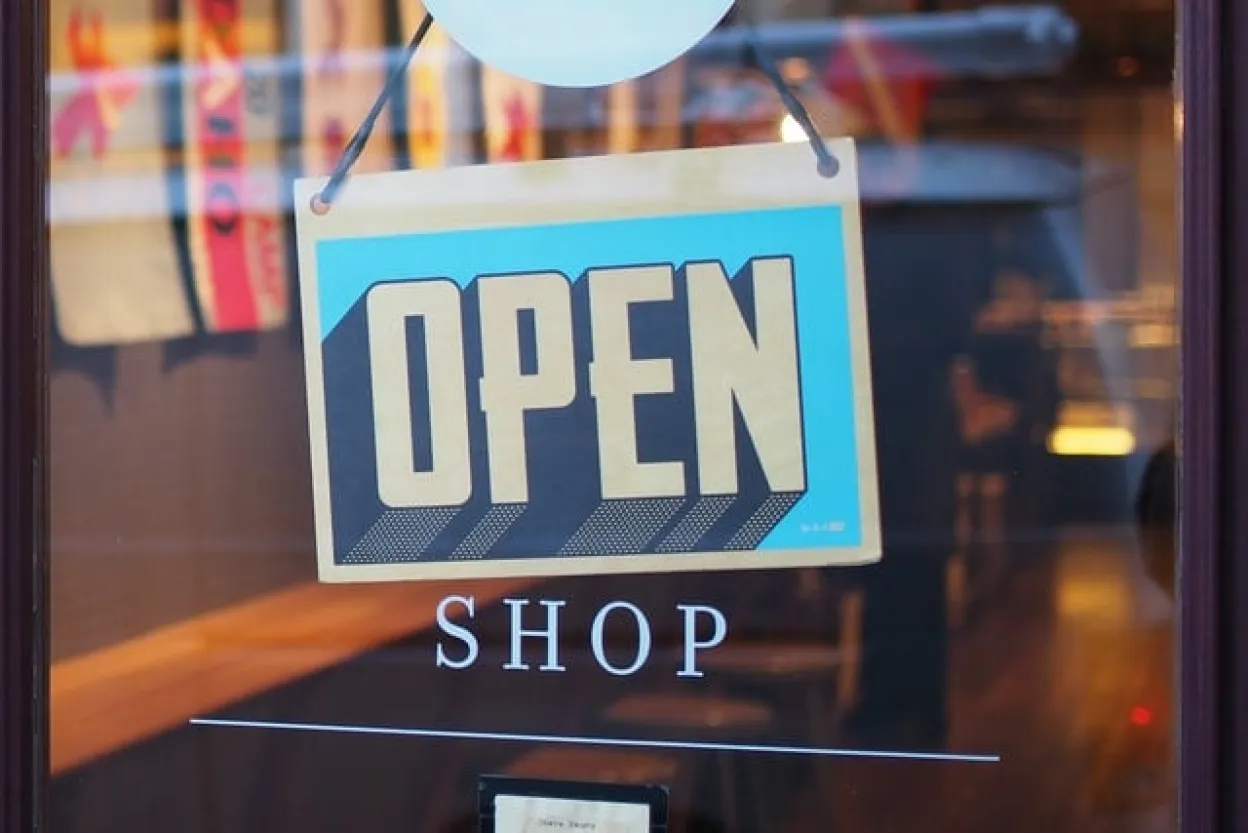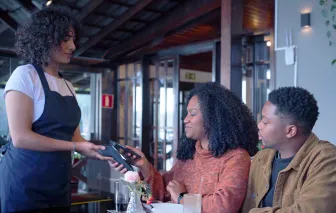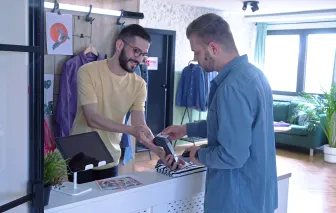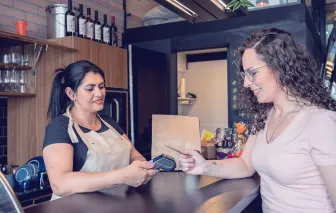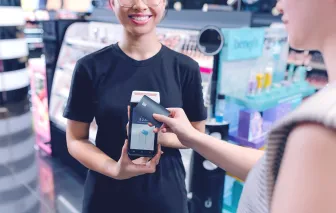When the pandemic hit in early 2020, consumers were shopping online for essentials and nonessential items alike. According to a Deloitte report, as of May 2021, 71% of consumers feel comfortable shopping in stores. However, their shopping preferences are forever changed – only 27% will return to their pre-pandemic shopping habits. For SMBs, that means stepping up to meet changing customer expectations.
The leading expectation is a safe environment, followed by convenience and a digital-first shopping experience. The Android platform, which includes mobile smart POS devices and payment applications as well as business enablement and application integration, can help SMBs meet those expectations.
Safety first
When customers visit physical stores, ensuring they feel safe in the shopping environment is crucial. The safer they feel, the more likely they’ll be to spend additional time in the store leading to larger basket sizes. A safe store, for starters, means a clean and demonstrably sanitized environment as well as such safeguards as limiting the number of customers in stores and plexiglass shields between counter staff and customers. Rethinking store layouts to enable social distancing should also be considered. But safety-related expectations go beyond the physical environment.
Contact-free payments are the new normal
According to Visa, 49% of customers say contactless payment is one of the most important safety measures stores can offer. Moreover, 65% of consumers said they would prefer to use contactless payments in the future. For SMBs, this may be your “tipping point” for the introduction of contactless. Having a flexible payment platform that can be updated to meet changing business needs simplifies the transition. Your POS solution must be able to accept all contact-free payment methods, from contactless cards and QR codes to mobile wallets. On the plus side, value-added service providers can help you incorporate loyalty programs into support for mobile wallets.
Long lines carry safety implications
Consumers have never liked the wait time and the inconvenience of long lines. With the pandemic, consumers added safety concerns to that list. In one study, over half of customers during the pandemic were more likely to walk out of stores with long lines, abandoning their purchases. Even after the pandemic, 36% expect to be more concerned about lines than they were before.
One way to speed up the checkout experience and reduce lines is by accepting contactless payments. Another is deploying mobile POS solutions – with contactless capabilities – that let you bust lines by bringing payment acceptance to customers wherever they are in the store – in-line or in the aisles. The Android platform can enable retailers to go beyond the checkout with mobile POS devices and perform other functions, such as accepting returns anywhere in the store. Sales associates can also meet the customer at the point of decision, accepting payment for large or bulky items that can then be delivered to the customer’s home. The result is a seamless experience for shoppers wherever they pay – and fewer line abandonment
Convenience next
Both online shopping and physical stores offer convenience, the commodity that 78% of consumers value now more than before COVID-19. Online allows for shopping without leaving home (or work), while the physical channel offers the convenience of real-time immediate receipt of goods.
BOPIS and curbside deliver the best of both
With BOPIS and curbside pickup, shoppers get the expediency of ordering online with the convenience of same-day availability of goods in-store. No wonder, then, that 83% of consumers expect merchants to continue offering these flexible fulfillment options after the pandemic.
To compete with the major chains and big-box stores, SMBs should focus on providing a seamless experience from online to curbside, which is made possible with Android’s open development environments. The Android platform can integrate online ordering systems with POS applications and accept either contactless payment or scan barcodes and QR codes to deliver that frictionless experience customers want.
Digital forever
As consumers come back to stores, 90% say they also expect a digitally enhanced shopping experience, whether they are engaging with the retailer at home, via mobile, or inside a physical location. To compete with Tier 1 stores, SMBs must embrace digital enhancements that will win the post-pandemic consumer.
Enable store employees digitally
With smart devices, like an Android-based POS solution, SMBs can put information about products at store employees’ fingertips. This makes it easy for them to provide accurate, up-to-date information to customers, whether that is detail about a product or data on what’s in stock at any location. They can also digitize their loyalty program and integrate it with the smart device. That way employees can redeem and issue points while taking payments or look up customer preferences to provide personalized service and more accurate recommendations on the store floor.
Innovate and win with the Android platform
Android provides the flexibility, modularity, and support necessary to enable employees with powerful digital features and deliver on business efficiency. Because of its modularity and customization options, the Android platform enables SMBs to meet customer post-pandemic expectations as effectively as larger merchants, but in a way that better fits their business.
The Android platform can also support apps that enhance the experience at the front of the store, as well as the back office. For example, you can integrate the current inventory lookup with your Android POS solution – help a customer with that information but also initiate restocking if items are running low. The platform also provides a unique opportunity to acquire features as you go. Not all costs need to be upfront. With as-a-Service options, retail SMB service providers can package features in tiers that can be activated when your customers are ready to take the next digital step.
Want to learn more about the Android platform? Read our white paper, “Unlock the Future of Payments with the Android Platform,” to find out what you need to know to get the most out of your Android smart POS.
Tim McWeeney is Head of U.S. Indirect Acquiring and ISO Sales at Ingenico
